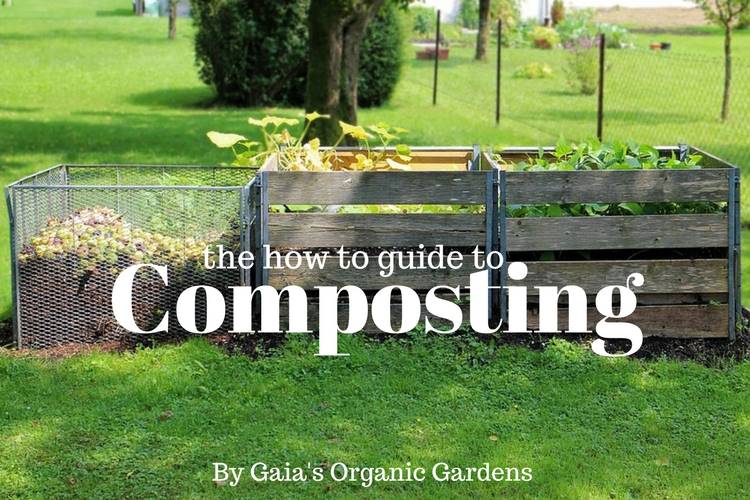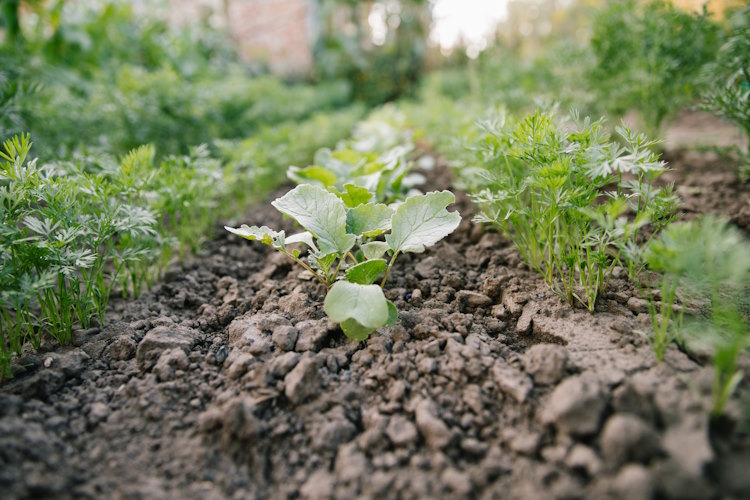Free Food for your garden…
We have a bad habit in today’s day & age of throwing everything in the bin to be taken away by ‘the bin man’. We then work to get money to purchase more things we will eventually throw away.
Garden scraps & a lot of “rubbish” can be broken down in a compost bin to make beautiful nutrient rich fertilizer… not only is it FREE but you will also not have to go and purchase some from the shops simply because you unknowingly threw all your goodies out.
Here’s an idea..
It’s a good Idea to keep a compost bucket with a lid in the kitchen.
The Golden Rule of Composting…
Compost pile must always remain moist (not soggy, a light water is all that is required) & will require similar regular watering times as you’re veggie patch. They also require a lot of air, this is where a lot of people go wrong, you HAVE to turn the compost regularly (weekly is best) You will see the darker composed stuff at the bottom of the pile, mixing this with fresh stuff helps it all break down faster.
Break up added material into smallish pieces for fast decomposition. I tear the papers up & try to cut my green waste a little. Think – The smaller the stuff you add the faster the break down process.
Burn the badies…
It’s a good Idea to have a big sealed black bucket or thick garbage bag for any material that has seeds or pests. This process is called Solarisation, The sun heats up the contents in the bag reducing the unwanted matter into something that can be added to the common compost pile with out it ‘infecting’ you’re compost. For example if you add some weeds that have seed heads & aphids, the seeds will remain until in the compost until you spread them across the veggie patch, and the aphids will multiply so you will be adding pests & weed seeds!! Leave in the “quarantine” area until you can see its all broken down, the time will vary depending on the situation.
What to use..
You want to keep a similar ratio of
-PAPER,
-FOODSCRAPS,
-GREEN GARDEN WASTE
-BROWN GARDEN WASTE.
Some Dos & Don’ts:
Paper & Cardboard- Not glossy or heavily inked but ANY other. Toilet rolls, napkins, tissues (snot is ok!) Junk mail, newspapers, old bills, envelopes (take out plastic windows first) Pizza boxes, Cardboard boxes, Inserts from packaging, egg cartons. Add these to the indoor compost bucket as you find them around the house.
Food Scraps- No cooked food, meat, bread, grains or pasta they will attract mice & other non-beneficial pests. Eggshells are great. Any veg or fruit scraps, seeds are ok, Citrus & onion is OK for composting just not for worm farms. If you feel you’re house does not produce enough food scraps you’re local fruit & veg shop will most likely be happy to offer you there scraps regularly (also helping reduce commercial waste!)
Green Garden waste- any thing you trim & tidy off the plants around the garden. Weeds that have not seed can go straight in, grass clippings are very good.
Brown Garden Waste- Dried leaves dead grass anything that was once a plant & is now brown & dead. Straw can be used if there is no brown waste available.
You can also add Human Hair from the brush or a haircut sweep up.
Animal Manures (not cat & dog) will accelerate the decomposition process & sometimes they are too strong to be directly applied to the garden anyway. There are also some plants that help as well.
Enjoy your composting practices and most off all Happy Gardening!!
If you need any help in setting up your compost system at home call our Garden Doctor for a one on one consultation. Don’t forget to have your list of gardening questions ready for us to answer!
For more info email me:





